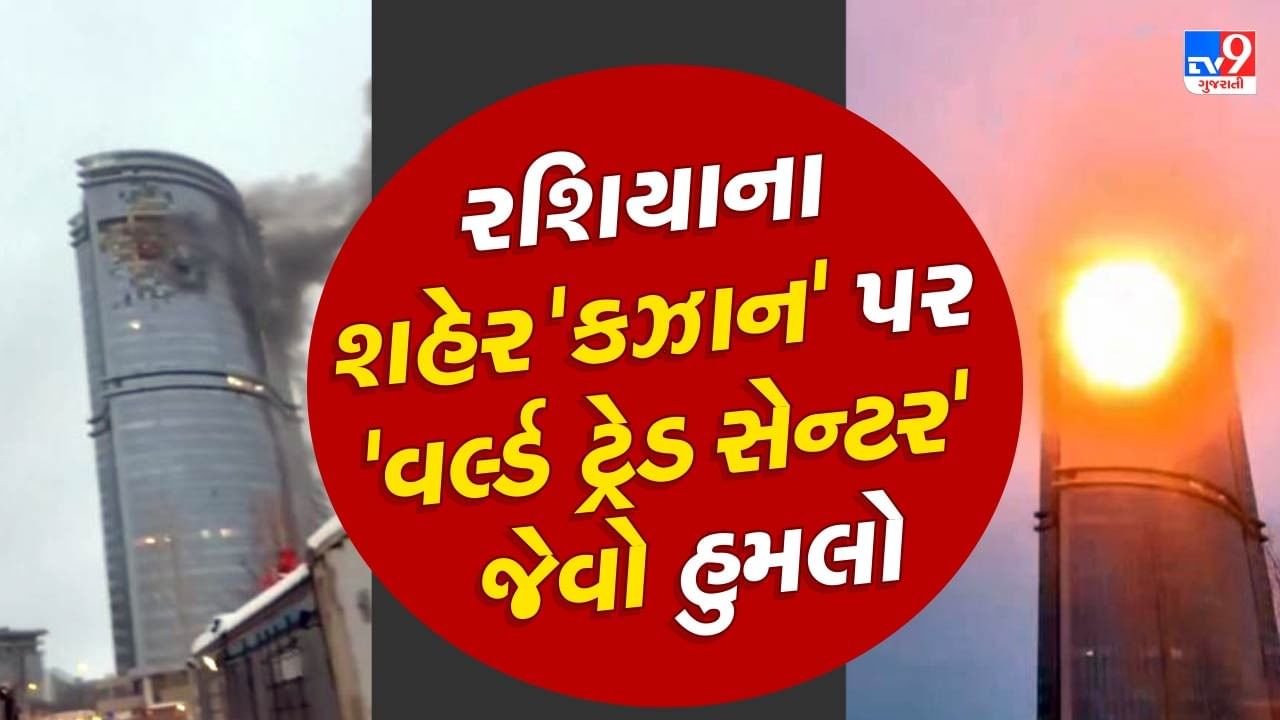Kazan drone attack represents a significant event demanding careful examination. This incident highlights the evolving threat of drone technology in urban environments, prompting questions about security protocols, geopolitical implications, and the potential for future attacks. Understanding the circumstances surrounding this event is crucial for developing effective countermeasures and mitigating similar risks globally.
The attack, reportedly involving multiple drones, caused significant disruption and raised concerns about the vulnerability of civilian infrastructure to this type of assault. Investigations are underway to determine the perpetrators and their motives, with initial reports suggesting a deliberate and coordinated effort. The incident has spurred a renewed focus on national security and the need for advanced drone detection and mitigation technologies.
The recent drone attacks on Kazan highlight the increasing vulnerability of civilian infrastructure to unmanned aerial vehicles. Understanding the capabilities of such technology is crucial, and monitoring systems like the cobequid pass camera offer valuable insights into drone detection and tracking. This knowledge can inform strategies to mitigate the risks posed by future attacks, such as those seen in Kazan.
The Kazan Drone Attack: An Analysis
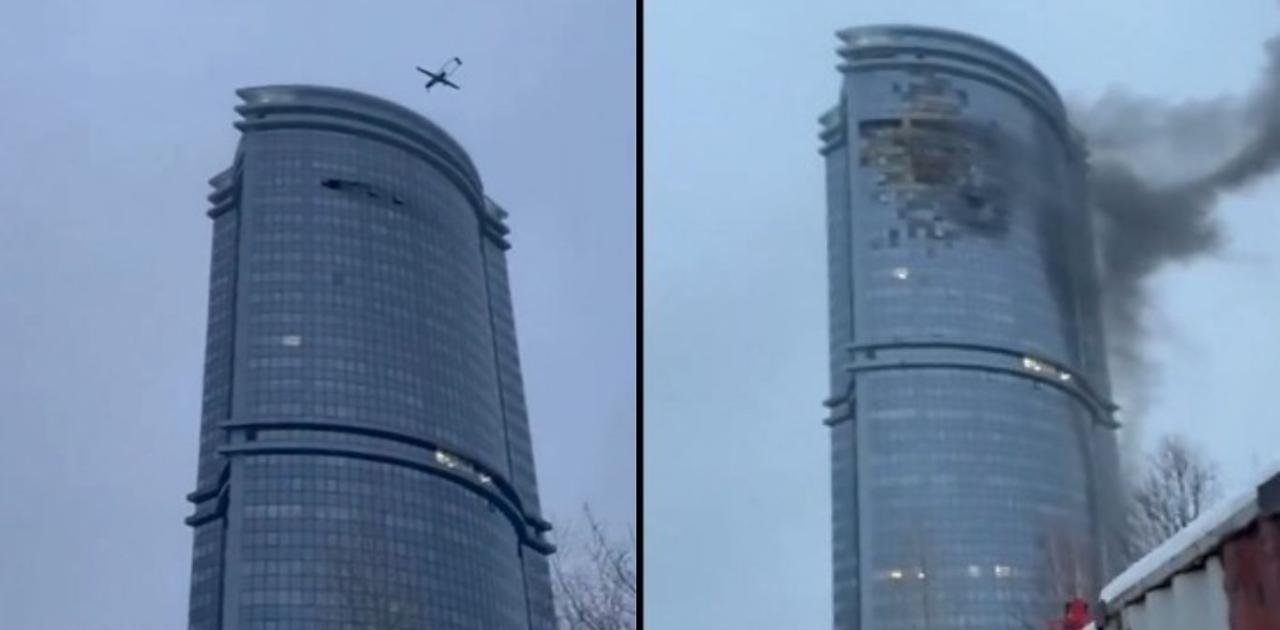
The recent drone attack on Kazan serves as a stark reminder of the evolving threats posed by unmanned aerial vehicles (UAVs) to civilian infrastructure and national security. This analysis examines the event’s various aspects, from the technological capabilities employed to the political and social ramifications, offering insights into the challenges and potential responses to such attacks.
Event Overview: The Kazan Drone Attack
The attack, reportedly involving multiple drones, targeted several key locations within Kazan. While precise details remain under investigation, initial reports suggest damage to civilian infrastructure, including potential injuries. A timeline of events, from the first reports of drone activity to the subsequent security response and aftermath assessments, is crucial for understanding the incident’s progression. Key players involved, including potential perpetrators and responding authorities, are being investigated, with their roles yet to be definitively established.
The investigation is ongoing, and information is subject to change as more evidence emerges.
The recent drone attack on Kazan highlights the increasing vulnerability of major cities to aerial threats. Understanding the technology behind such attacks is crucial, and examining the capabilities of commercially available drones, such as those offered by sky elements drones , provides valuable insight into potential attack vectors. This analysis can then inform strategies for improving urban defense systems against future drone-based assaults on Kazan and other similar targets.
Technological Aspects of the Attack
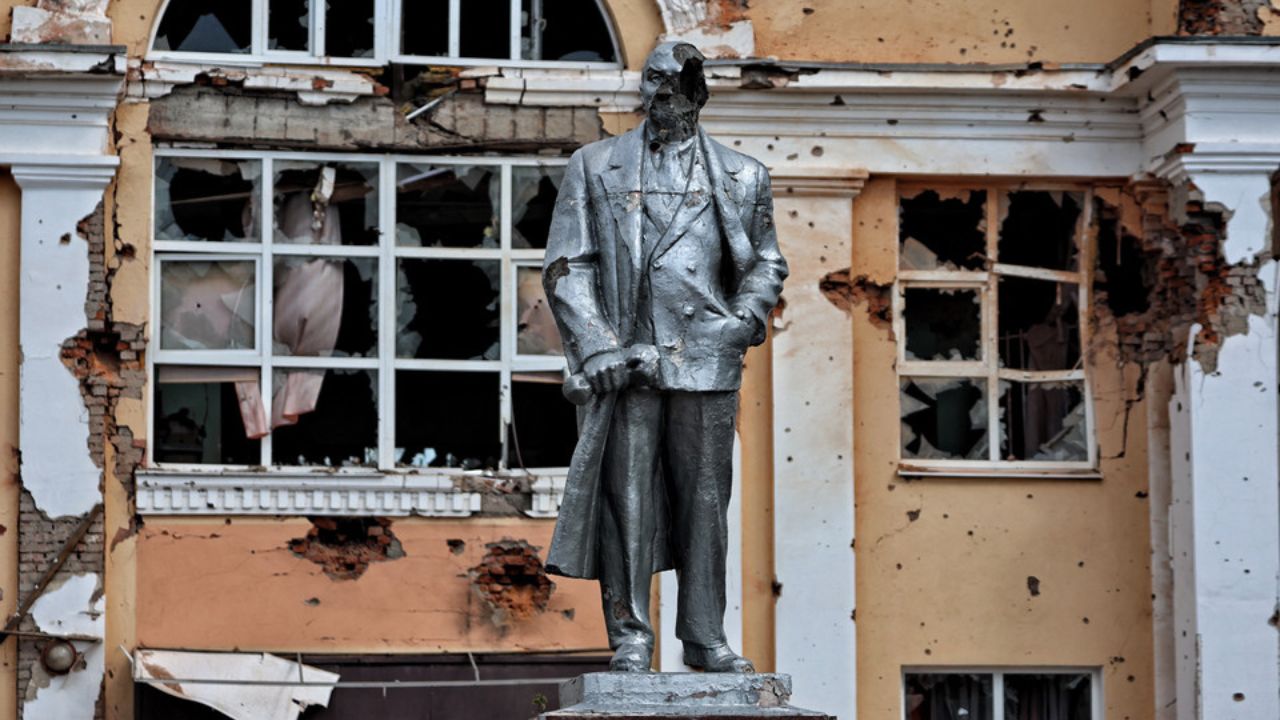
The drones used in the Kazan attack likely possessed advanced capabilities, potentially including GPS navigation, long-range flight endurance, and payload capacity for carrying explosives or other disruptive devices. Deployment methods could have ranged from pre-programmed autonomous flights to remote control operation by skilled operators. The level of technological sophistication exhibited suggests a degree of planning and expertise. The incident highlights the increasing accessibility of sophisticated drone technology, posing a significant challenge to urban security and infrastructure protection.
The vulnerability of civilian infrastructure to such attacks demands a reevaluation of current security protocols.
Security and Response Measures
The effectiveness of existing security measures in Kazan before the attack is currently under scrutiny. The response mechanisms employed after the drones were detected are being analyzed for their efficiency and areas for improvement. A comparison of the effectiveness of these measures will inform the development of enhanced security protocols. Lessons learned from this incident will be vital in designing improved security systems, including potentially integrating advanced counter-drone technologies and enhancing surveillance capabilities.
This will necessitate a multi-layered approach encompassing technological advancements and improved human intelligence gathering.
Political and Social Ramifications
The political motivations behind the drone attack remain unclear, requiring further investigation. However, the event undoubtedly carries significant social implications for the citizens of Kazan, impacting their sense of security and trust in the authorities. The broader geopolitical implications extend to the potential for similar attacks in other urban centers, highlighting the global security challenges posed by this emerging threat.
Public sentiment, ranging from fear and concern to anger and calls for increased security, is a crucial factor in understanding the long-term consequences of the attack.
International Responses and Comparisons
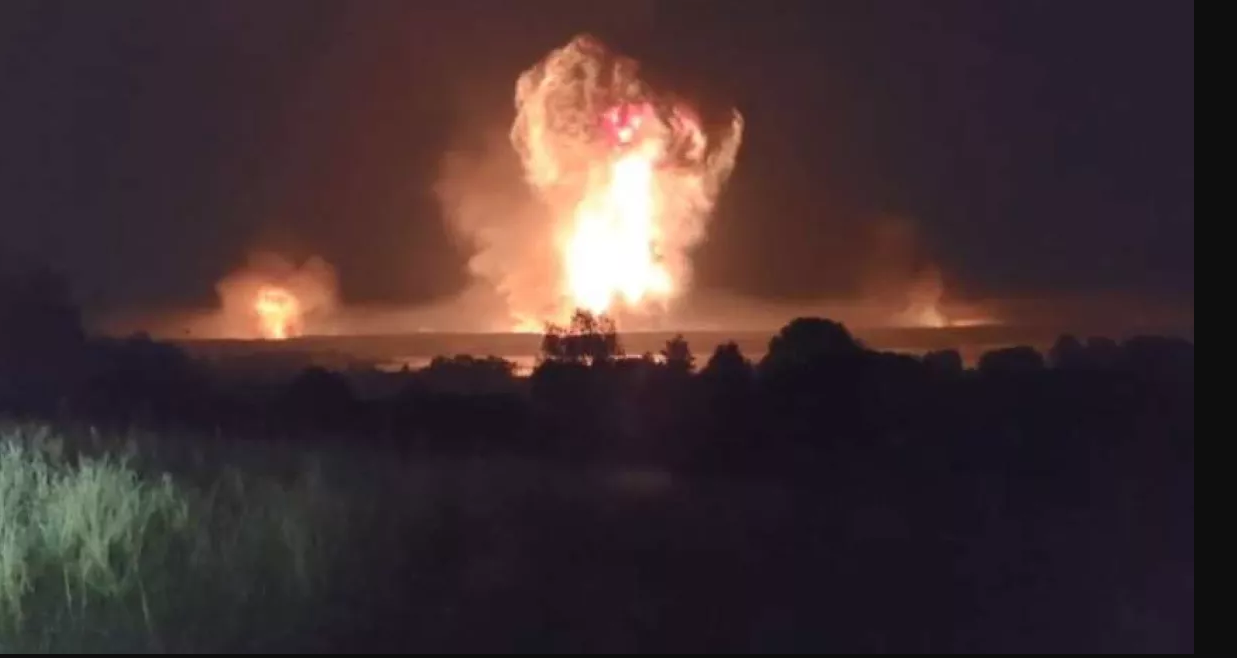
The Kazan drone attack can be compared to similar incidents worldwide, such as attacks on airports or government buildings, to identify commonalities in tactics, technology, and motivations. The international community’s response, including statements of condemnation and offers of assistance, reflects the global concern surrounding the escalating use of drones in acts of violence. International cooperation in developing counter-drone strategies and sharing intelligence is crucial for effectively mitigating this threat.
The recent drone attack on Kazan highlights the growing concern over the misuse of unmanned aerial vehicles. This incident underscores the need for robust security measures, particularly considering the potential for catastrophic consequences, as illustrated by the unfortunate drone show accident which involved a malfunctioning swarm. Such incidents emphasize the importance of both responsible drone operation and effective countermeasures to prevent future attacks like the one in Kazan.
The incident is likely to influence the development of more robust international counter-drone strategies, potentially leading to greater information sharing and collaborative efforts to combat this emerging form of warfare.
Key Statistics of the Kazan Drone Attack
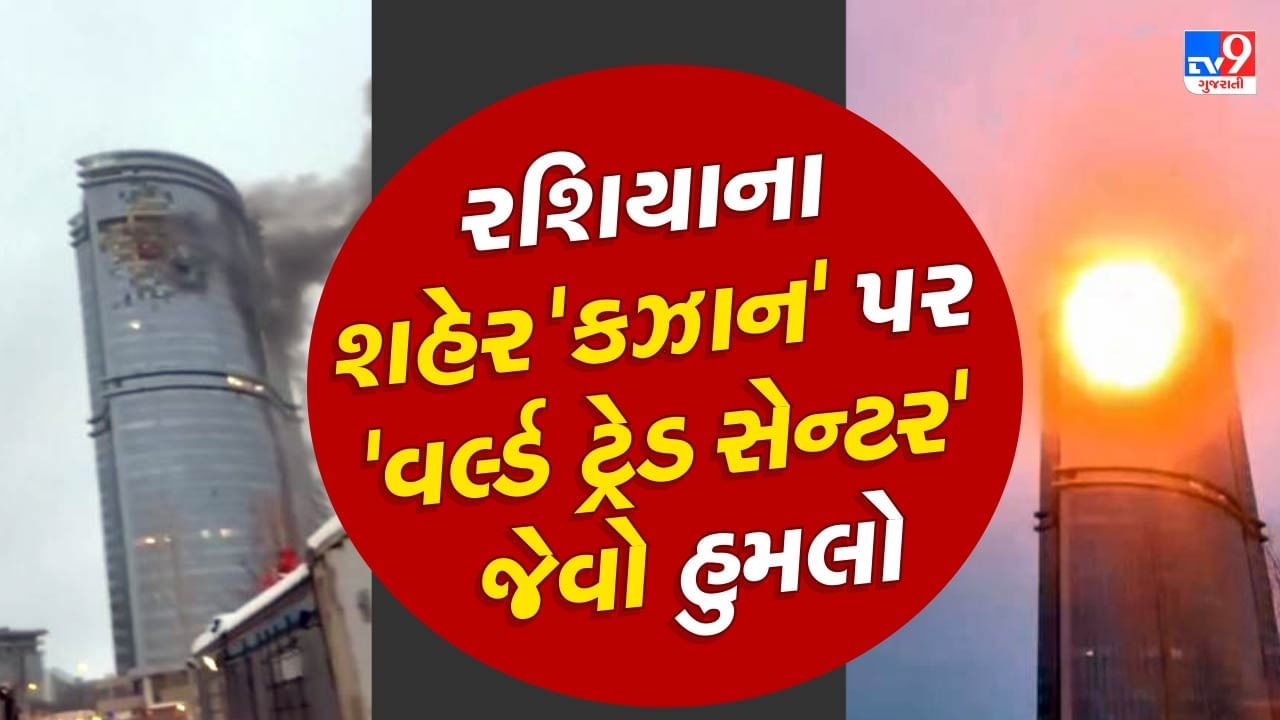
| Date | Time | Location(s) | Damage Estimates | Casualties |
|---|---|---|---|---|
| [Insert Date] | [Insert Time] | [Insert Location(s)] | [Insert Damage Estimates] | [Insert Casualties] |
Illustrative Description of the Attack Scene
The city, usually vibrant with the sounds of bustling traffic and lively conversations, was suddenly pierced by the unsettling whir of unseen engines. A low hum, escalating to a menacing drone, filled the air. The initial sounds were quickly followed by a series of explosions, jarring the quiet evening into chaos. The once-familiar cityscape was now punctuated by plumes of smoke rising against the darkening sky, a stark contrast to the previously peaceful urban landscape.
The air, thick with the smell of burning debris and fear, created a palpable sense of unease and uncertainty. The scene shifted from ordinary urban life to one of panic and disorientation, the sounds of sirens and panicked shouts replacing the usual city symphony.
The Kazan drone attack serves as a stark reminder of the escalating threat posed by unmanned aerial vehicles. The incident’s multifaceted nature— encompassing technological, security, political, and social dimensions—underscores the need for a comprehensive and collaborative international response. Further investigation and analysis are essential to prevent similar incidents and to strengthen global security against this emerging form of warfare.
The lessons learned from Kazan should inform the development of more robust security measures and international cooperation strategies to effectively counter future drone threats.
FAQ Overview
What type of damage was inflicted by the drones?
Reports vary, but initial accounts suggest damage to buildings and infrastructure, though the extent of the damage is still under investigation.
Were there any arrests made in connection with the attack?
Information regarding arrests is currently unavailable; investigations are ongoing.
What is the estimated cost of the damage caused?
Precise figures are yet to be released, pending a thorough assessment of the damage.
How did the authorities respond to the attack?
Authorities implemented emergency response protocols, including deploying security personnel and investigating the incident.
